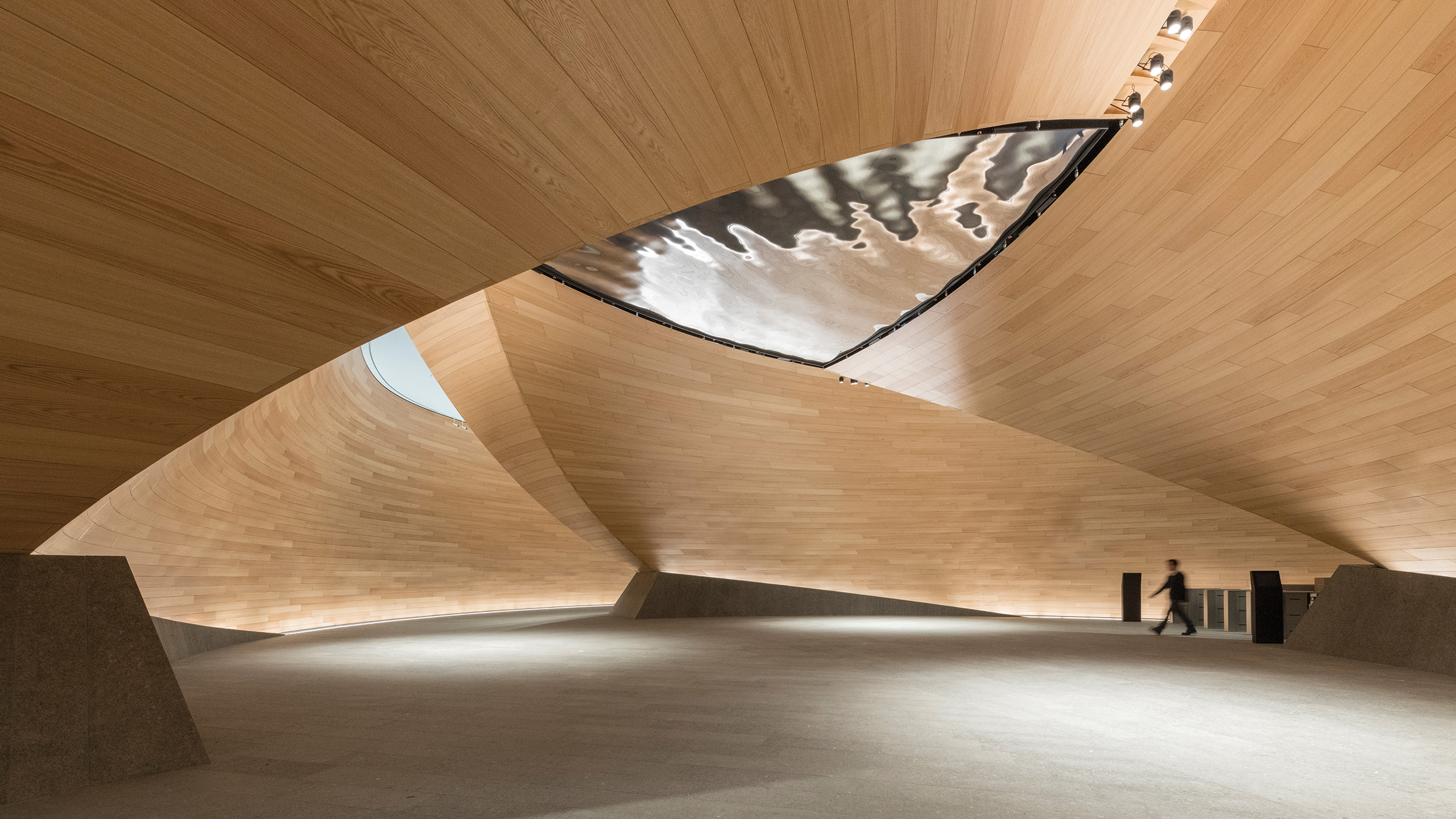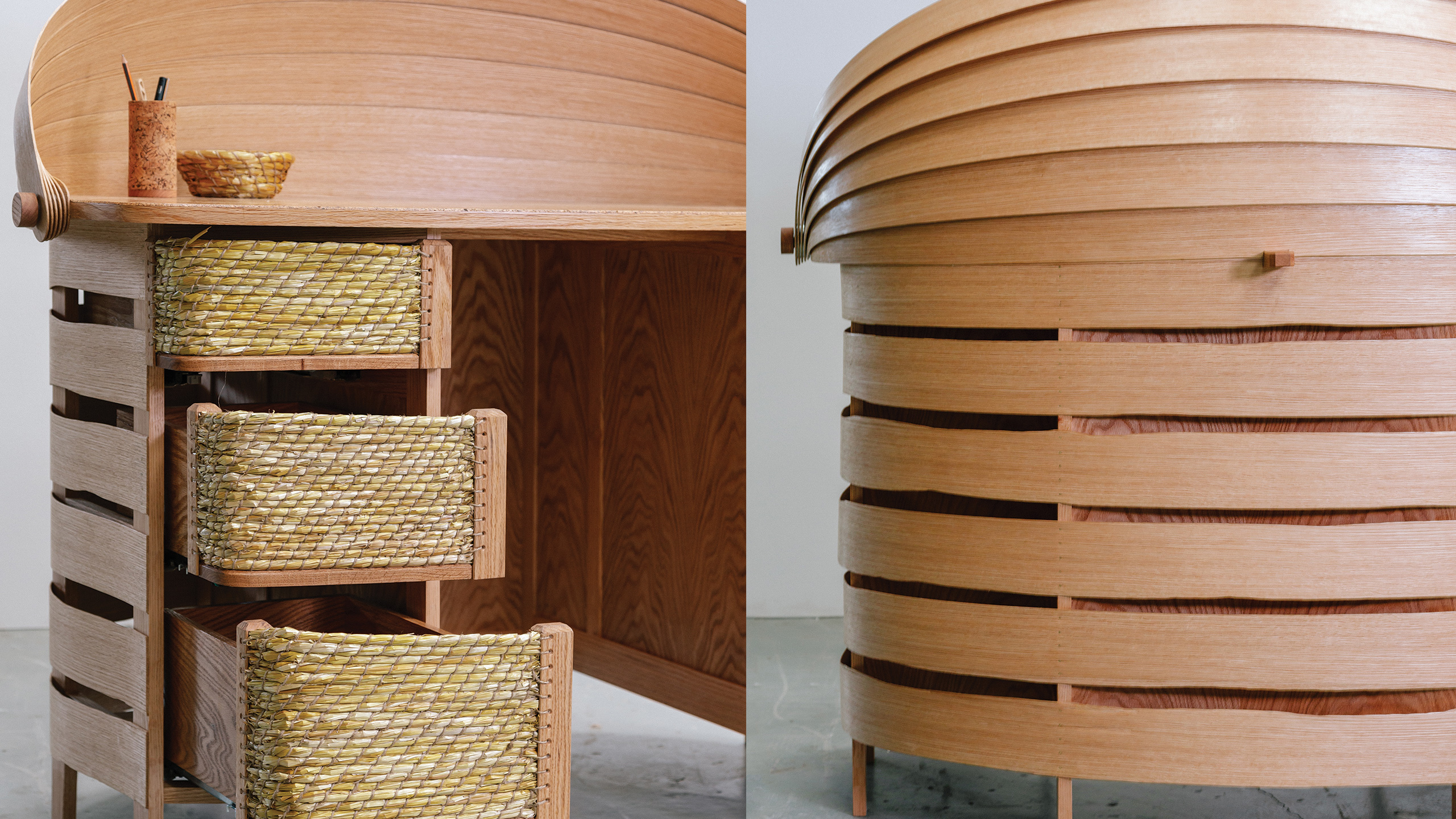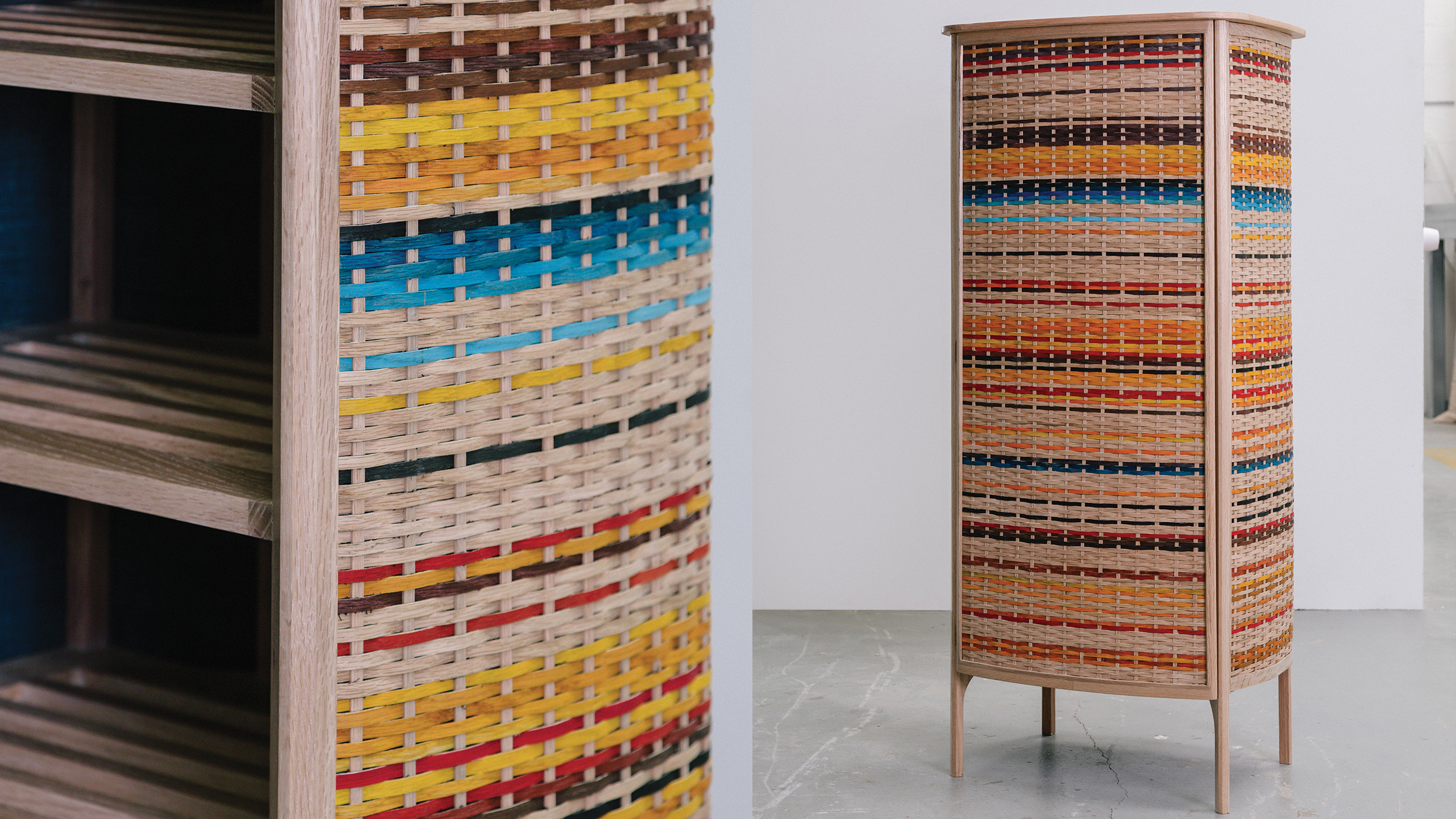
There will be a major stress on the species’ sustainability credentials too; the fact that it is America’s most prolific hardwood, with two cubic metres growing in the forest every second, and total growth exceeding harvest by 21 million m3 each year.
Summers doesn’t deny that Chinese tariffs pose a challenge for U.S. hardwood mills, leading to price cuts to red oak in particular, which have left 4 quarter now 40% cheaper than the equivalent European. As red oak has been particularly impacted, the price gap with American white has also widened.
“Initially wet weather restricted harvesting, so the effect of the tariff was muted to some extent, but with colder temperatures, supply has picked up and those mills with all their eggs in the Chinese basket have found it a struggle.”
“If the tariff is raised, and particularly as the Chinese currency has also devalued against the dollar, it will be that much more difficult, leading to possible cuts in production, even layoffs.”
But, he added, mills and end users are exploring new opportunities for red oak.
“It is being thermo treated which, of course, makes it more durable, but also very attractive and a natural substitute for U.S. ash if supply continues to decline due to the Emerald ash borer.”
“There is also a trend to painting oak kitchen furniture, which also logically opens the way to more use of red oak.”
Resistance of European markets to the species, Summers feels, has been to an extent down to inertia and conservatism.
“It’s more porous than white oak, so not suitable for barrels! But it machines just as well and finishes perhaps better; it bends more easily and takes treatment well for external use. It can also perfectly well substitute a species like meranti, with its similar density, permeability and grain.”
Among the red oak showcase projects this year, leading designer maker Sebastian Cox will be making a circular bar area for the Wallpaper* Handmade feature at the Milan furniture show.
“One of his innovations will be to force dye into the vessels of the wood under pressure,” said Mr Summers.
Additionally, AHEC will be working with Polish furniture designer Tomek Rygalik on a red oak showpiece, which it hopes to bring to the London Design Festival, and it will also be challenging students of Rycotewood to fashion a table out of 2ft3 of the timber each.

The latter project follows the success of AHEC’s design initiative with students at Ryecotewood Furniture Centre in Oxford last year and the students of the Building Crafts College earlier this year. Their challenge was to make a storage unit, also out of 2ft3 of red oak. Consequently they steamed, bent, planed, turned, oiled and stained the timber, transforming it into everything from a coffee table with a miniature oriental garden under glass, to a shoe cabinet comprising painted woven red oak veneer strips.

Interestingly the students said they’d be happy to use the timber again, as did Michael Jones, project architect on the Bloomberg building at Foster+Partners – and it used 37, 160m2 of red oak for the flooring, 1,858m2 for the panelling and 1,350 m3 for the glulam.
The next major European airing for U.S. hardwoods generally and red oak in particular will be the Interzum show in Cologne in May. Here AHEC will feature red oak exclusively on its stand.
“And reflecting their interest in the European market, it has organised a US hardwood pavilion for members,” said Mr Summers. “It was booked up immediately and had to be extended to a total capacity of 32 exhibitors.”
The aim at the show will be for more Europeans to discover the untapped potential of red oak, with the emphasis that there’s never been a better time to do it.
Find out more about American red oak >
Piece by Mike Jeffree, courtesy of TTJ